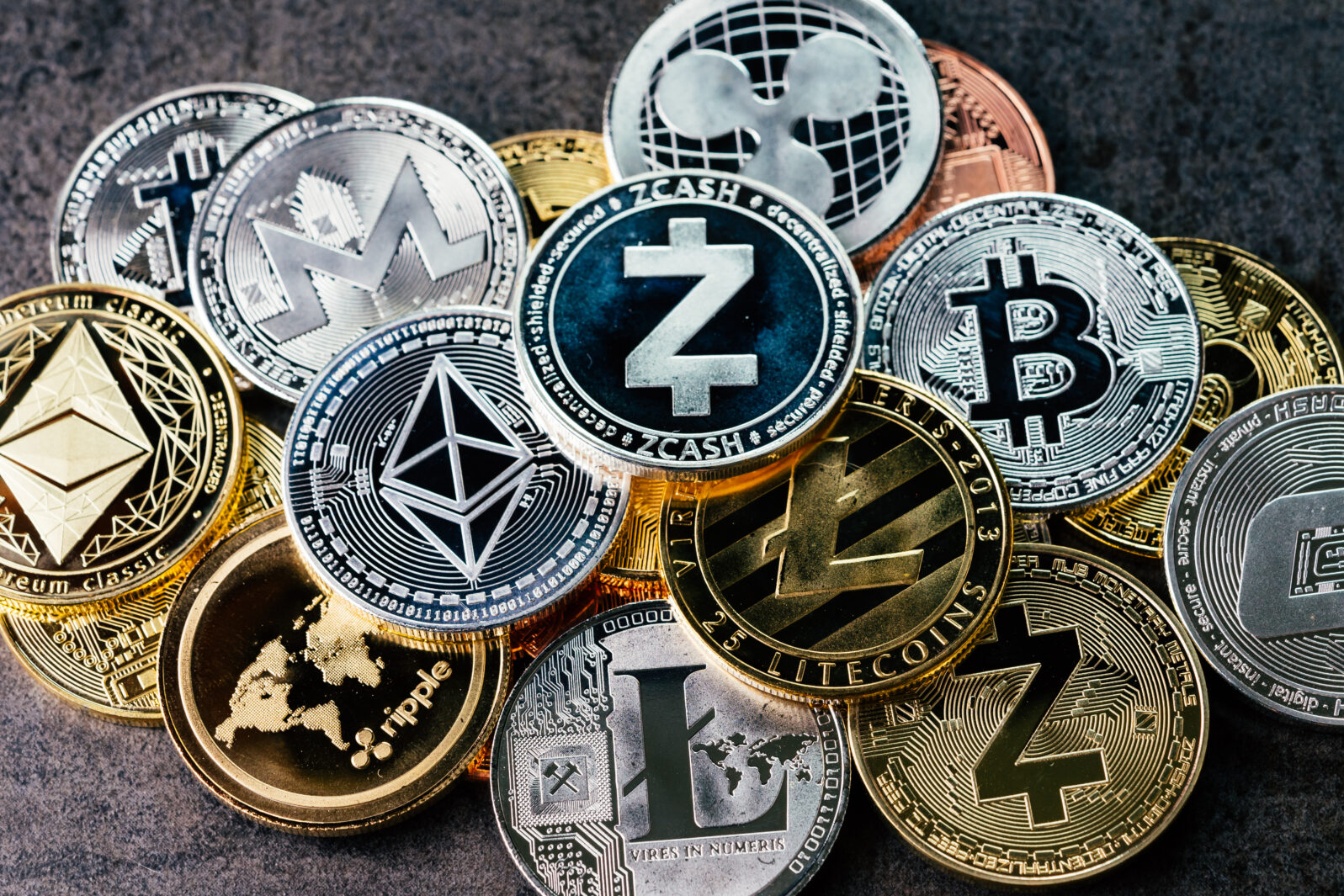How is that possible? Well, Bitcoin and other cryptocurrencies have a hidden weakness…
Cryptocurrencies, from Ethereum to Bitcoin to Dogecoin, seem to be all the rage these days. Altcoins (i.e., lesser-known cryptocurrencies) have become increasingly mainstream. The increasing fracturing and pluralism in the cryptocurrency space has meant that few people are directly trading with any particular currency. Most users go through trading and wallet platforms where the platform —not their own computers—hosts the cryptocurrency. Additionally, transactions are increasingly processed via third parties as well, not directly on the cryptocurrency platform.

This separation between the user and the direct cryptocurrency platform has enabled a new option: a payment gateway for a website that collects payments in a number of different cryptocurrencies using a single set of tools. PayPal, one of the top gateways, recently launched a multi-cryptocurrency extension to their payment/payment gateway service. Following that, NOWPayments announced a Shopify plugin that allows participating merchants to accept payment using 70 different cryptocurrencies.
More people joining the bandwagon sounds like good news for cryptos, right? However, what few people seem to realize is that the explosion of cryptocurrencies, combined with a unified payment channel, undermines one of their core value propositions: preventing bankers and governments from inflating the currency.
This is an especially significant problem for Bitcoin. It was established with a hard cap of about 21 million bitcoins. The reason was straightforward. Governments and banks have a habit of devaluing their currencies by simply creating more money. This is, ultimately, one of the problems of “fiat” currency that Bitcoin was created to solve. If the system physically prevents anyone from adding money, then governments and banks can’t artificially inflate the currency. Many lesser known cryptos follow the same policy.
However, because the new generation of payment gateways allows users to purchase with any of a number of different cryptocurrencies, the governments and banks can now easily inflate. Instead of printing more Bitcoin, they will just start new cryptocurrencies. Each individual currency can advertise that it is “limited” and “inflation-proof” if it has a hard cap. But the ability to transact in any of them means that it is now easier than ever to print money.
With government-managed fiat currencies, the money supply can only be expanded through elected officials or their appointees. But crypto money supply can be expanded at the whim of anyone who has access to the payment gateways. All they need to do is allow another type of crypto and voilá! more money is printed.
So, ironically, the success of cryptocurrencies has actually undermined one of its core value propositions. Widespread acceptance greatly reduced the gap between fiat and crypto but it also makes cryptocurrencies more vulnerable to inflationary pressures than fiat. While both currencies can now be inflated easily, fiat is at least checked by government regulations and restrictions on who can inflate and under what circumstances. In the case of cryptocurrencies, any individual or group who can convince a payment processor to add a new crypto to gateway’s accepted list can now inflate the money supply.
Author: Jonathan Bartlet
Read more at: https://mindmatters.ai/2021/04/will-popularity-spell-doom-for-bitcoin/







